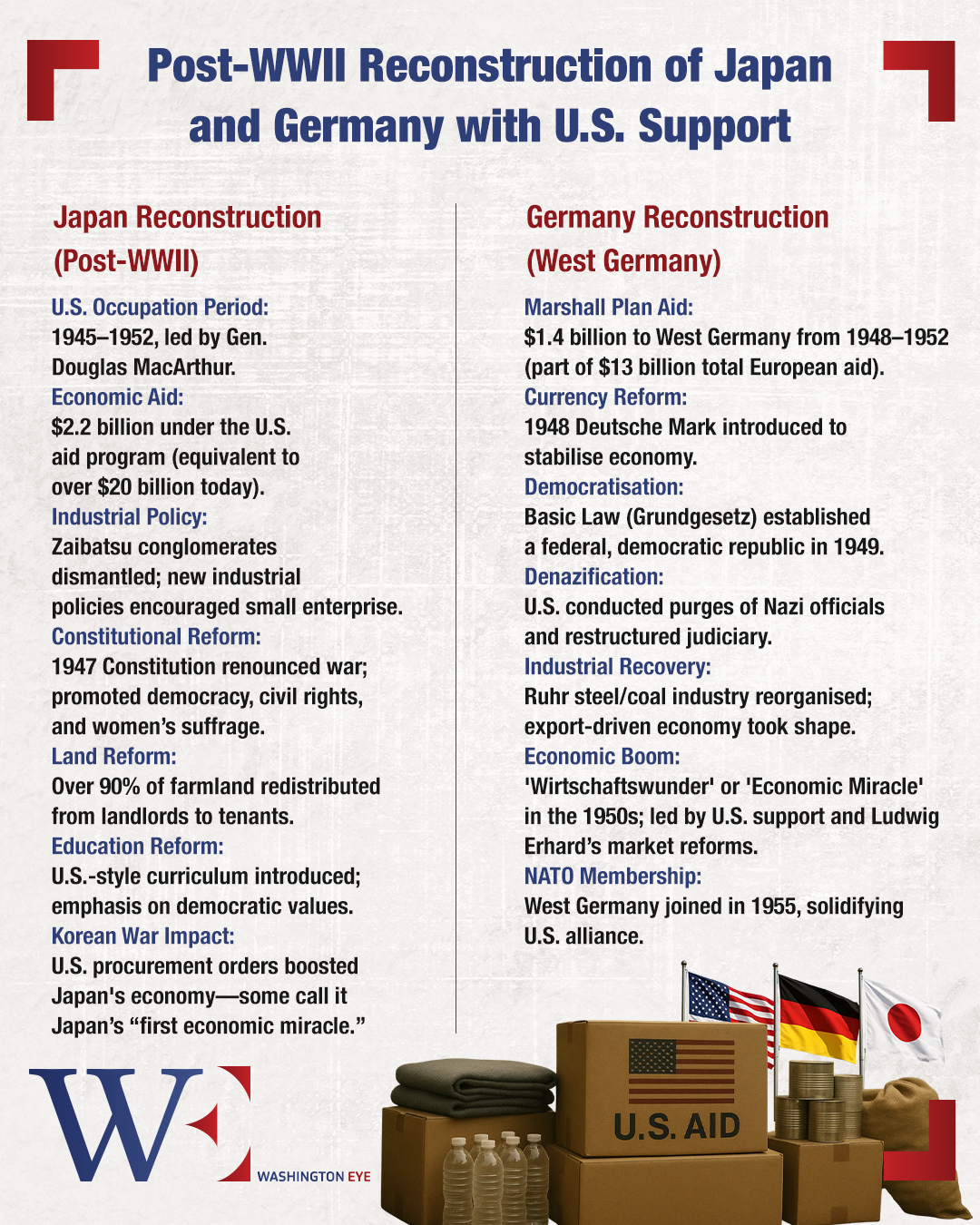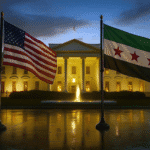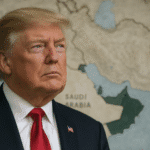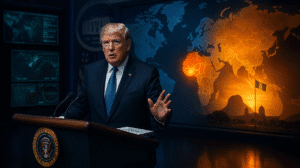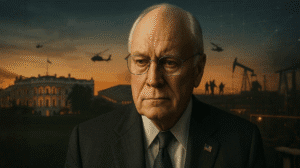When President Donald Trump unveiled his ambitious plan to transform Gaza into a “Freedom Zone” during his recent visit to Qatar, it drew gasps from across the political spectrum. Supporters hailed it as bold, even visionary. Critics, however, were quick to call it delusional—a utopian façade draped over one of the world’s most devastated landscapes.
Let’s be honest: Gaza, today, is a graveyard of broken concrete, shattered lives, and twisted steel. Since the Israeli offensive began on October 7, 2024, more than half the Strip’s infrastructure has been obliterated. What remains is a living nightmare—bodies trapped beneath the rubble, unexploded ordnance (UXO) peppering neighborhoods, open sewage flowing in streets, and makeshift tents housing displaced families on nearly every patch of scorched earth.
In this context, proposing a Riviera-style makeover of Gaza is, at best, premature. At worst, it comes across as a grotesque sales pitch on land that hasn’t even stopped bleeding.
To be fair, there is merit in envisioning a better Gaza—one free from the stranglehold of Hamas and repeated cycles of violence. Trump’s plan hints at a revitalized economic zone backed by U.S. financing and Gulf partnerships, echoing earlier proposals that envisioned Gaza as a Singapore-on-the-Mediterranean. But any serious effort must begin not with press releases and renderings, but with body bags, demining teams, and bulldozers. Gaza cannot be reborn until it is first cleared of death—physically, politically, and emotionally.
Critically, the most controversial aspect of Trump’s proposal—the relocation of the Palestinian population—needs a hard rethink. Talk of sending 2 million people to Egypt or Jordan is not only logistically unfeasible; it borders on ethnic cleansing in the eyes of international law. Temporary relocation might be more palatable if it remained within the Strip itself. Establishing secured humanitarian zones—perhaps in the southern regions near Rafah or Deir al-Balah—could allow for phased rebuilding while displaced civilians receive shelter, food, and medical care under international supervision.
Still, reconstruction of this scale is not a six-month mission; it’s a generational project. Gaza’s health, water, and electrical infrastructure must be built from scratch. Schools and hospitals must be restored before a single luxury hotel or tech park can rise. Land surveys will be needed to locate UXO, clear safe areas, and stabilize foundations. And none of this can happen without sustained international cooperation, including with Israel—whose bombardments created this devastation in the first place.
If Trump truly wants to lead this effort, he must go beyond branding and into diplomacy. The U.S. would need to forge trust among a highly skeptical Palestinian population and engage partners such as the UN, Egypt, Qatar, and yes, even Iran, to ensure stability. The Freedom Zone cannot succeed if it is imposed; it must be built with the consent and participation of the people it aims to serve.
The vision isn’t entirely without precedent. Post-war Germany and Japan, ravaged by total war, became economic powerhouses with the help of U.S. investment and international cooperation. But those successes followed a process of demilitarization, justice, and reconciliation. Gaza’s wounds are still raw. Peace is fragile. And its people, many of whom have known nothing but war, are unlikely to buy into grand schemes without first seeing clean water, a safe home, and a future for their children.
So, is the Freedom Zone a dream worth pursuing? Perhaps. But only if we start with what Gaza needs most right now: dignity, safety, and time to heal. Before we build luxury resorts, we must build trust. Before cranes and concrete, we must bring compassion and courage.
Otherwise, the “Freedom Zone” risks becoming just another mirage in the desert—shimmering with promise, but forever out of reach.
